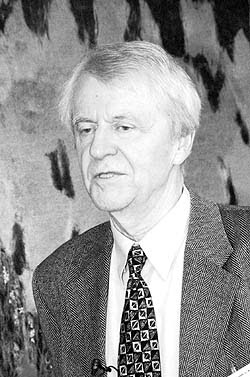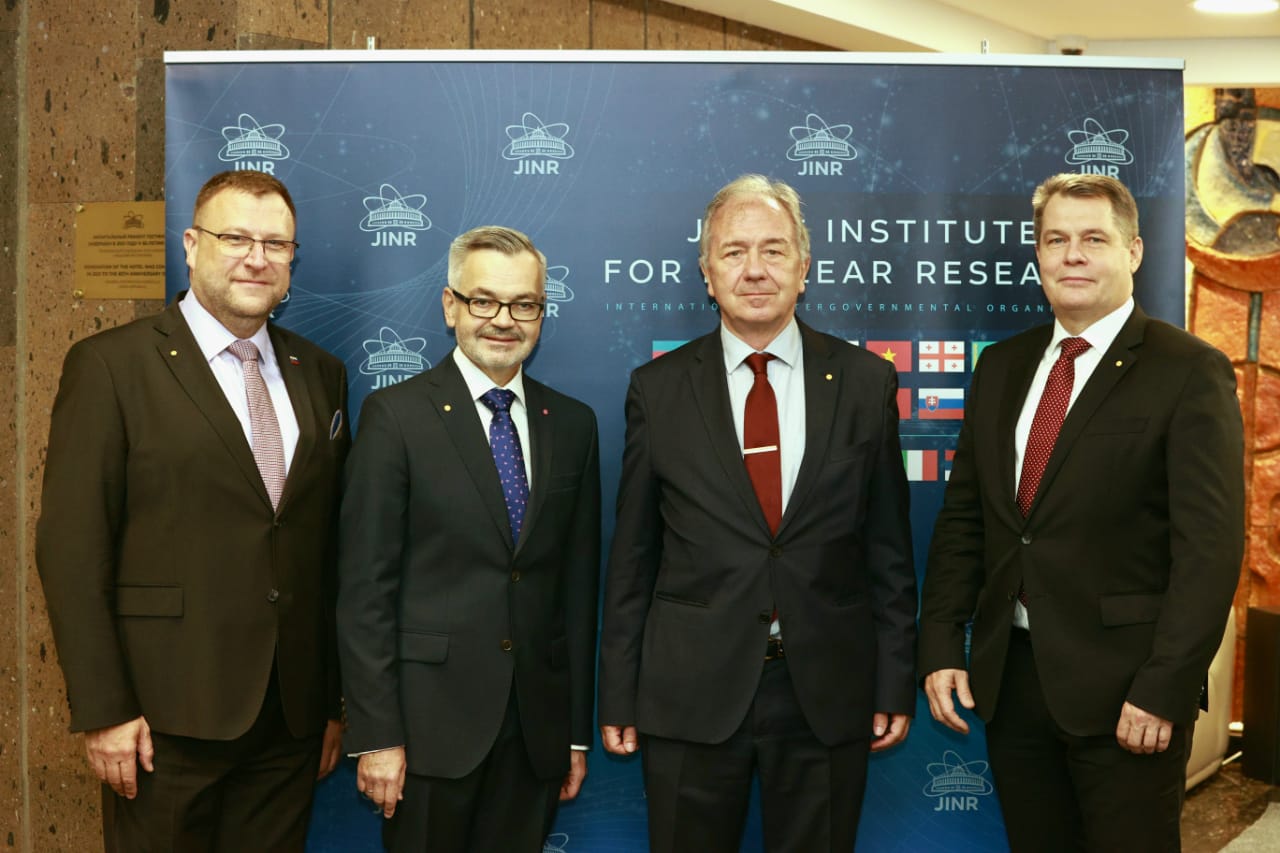Search for dark matter produced in association with a Higgs boson decaying to gamma gamma or tau(+)tau(-) at root s=13 TeV
Author
| Sirunyan A.M. | Yerevan Physics Institute, Armenia |
| Finger Miroslav, prof. Ing. DrSc. | Faculty of Mathematics and Physics, Charles University in Prague |
| Finger Michael, M.Sc. CSc. | Faculty of Mathematics and Physics, Charles University in Prague, JINR Dubna |
| et al. | CMS collaboration |
Year
2018
Scientific journal
Journal of High Energy Physics, 9, 046
Web
Abstract
A search for dark matter particles is performed by looking for events with large transverse momentum imbalance and a recoiling Higgs boson decaying to either a pair of photons or a pair of tau leptons. The search is based on proton-proton collision data at a center-of-mass energy of 13 TeV collected at the CERN LHC in 2016 and corresponding to an integrated luminosity of 35.9 fb(-1). No significant excess over the expected standard model background is observed. Upper limits at 95% confidence level are presented for the product of the production cross section and branching fraction in the context of two benchmark simplified models. For the Z'-two-Higgs-doublet model (where Z' is a new massive boson mediator) with an intermediate heavy pseudoscalar particle of mass m(A) = 300 GeV and m(DM) = 100 GeV, the Z' masses from 550 GeV to 1265 GeV are excluded. For a baryonic Z' model, with m(DM) = 1 GeV, Z' masses up to 615 GeV are excluded. Results are also presented for the spin-independent cross section for the dark matter-nucleon interaction as a function of the mass of the dark matter particle. This is the first search for dark matter particles produced in association with a Higgs boson decaying to two tau leptons.
Cite article as:
A. Sirunyan, M. Finger, M. Finger, . et al., "Search for dark matter produced in association with a Higgs boson decaying to gamma gamma or tau(+)tau(-) at root s=13 TeV", Journal of High Energy Physics, 9, 046 (2018)


 MINISTR ŠKOLSTVÍ KE SPOLUPRÁCI ČR S SÚJV
MINISTR ŠKOLSTVÍ KE SPOLUPRÁCI ČR S SÚJV INTEREST JINR, Wave 6
INTEREST JINR, Wave 6 The passing of Ivo Zvára
The passing of Ivo Zvára Call for the projects solved in collaboration with JINR (Projects 3+3)
Call for the projects solved in collaboration with JINR (Projects 3+3)  Call for the Grants of the Plenipotentiary of the Government of the Czech Republic in JINR
Call for the Grants of the Plenipotentiary of the Government of the Czech Republic in JINR Czech Ambassador in Russia visited JINR
Czech Ambassador in Russia visited JINR INTEREST JINR, Wave 5
INTEREST JINR, Wave 5 Russia Visa Centre
Russia Visa Centre Working Stays CR - JINR 2022
Working Stays CR - JINR 2022